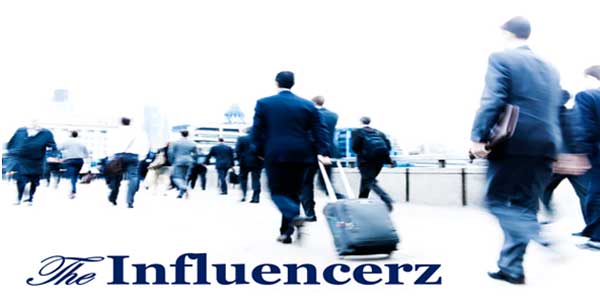🌊 Riding the Wave: Recognizing and Managing Triggers and Cravings (Urge Surfing)
In the journey of addiction recovery, success often hinges on an individual’s ability to navigate the turbulent waters of triggers and cravings. These are not just fleeting thoughts; they are powerful, complex signals—both internal and external—that threaten to pull a person back into substance use. Learning to identify these threats and developing effective coping mechanisms is a fundamental skill taught at any quality treatment facility, including a reputable rehabilitation centre in delhi.
The core strategy for managing these intense feelings is a technique called Urge Surfing. This mindfulness-based approach teaches you to observe cravings without reacting to them, transforming a dangerous impulse into a manageable sensation that eventually dissipates naturally.
Decoding the Relapse Equation: Triggers and Cravings
It’s crucial to understand the distinct roles of triggers and cravings in the relapse process. They are related but serve different functions.
🎯 Understanding Triggers
Triggers are the stimuli—the environmental cues, emotional states, or people—that precede and often cause a craving. They act as “switches” that activate the brain’s association between a substance and relief.
- Environmental Triggers: Places where substance use occurred (e.g., a specific bar, an old friend’s house, a certain street corner).
- Social Triggers: People associated with past use, or even social events where substances are present.
- Emotional Triggers (Internal): These are the most common and dangerous. They include states like stress, anxiety, anger, intense loneliness, or profound boredom.
- Physical Triggers: Fatigue, hunger, or physical pain can lower inhibitions and increase vulnerability to cravings.
💡 Defining Cravings
A craving is the intense desire, both psychological and physiological, to use a substance. It’s the immediate, compelling urge that follows the activation of a trigger. It manifests as obsessive thoughts about using, or strong physical sensations like a knot in the stomach, tension, or restlessness.
The Strategy of Urge Surfing: Riding the Wave
Developed by addiction psychologists, Urge Surfing is a mindfulness technique that reframes the craving experience. Instead of seeing a craving as a life-or-death emergency that demands immediate action, you view it as a wave.
How to Practice Urge Surfing:
- Recognize and Label: Acknowledge the craving immediately without judgment. Say to yourself, “I am experiencing a craving,” or “This is a wave of desire.” Naming it separates the feeling from your identity.
- Observe the Sensation: Focus on the physical sensations associated with the craving, noting where it starts, how it moves, and how intense it is. Is your mouth dry? Is there tension in your shoulders? Does it feel hot or cold?
- Breathe and Wait: Center yourself using deep, slow breaths. Visualize the craving as a wave. Watch it build, peak, and begin to recede. Remind yourself that you do not have to act on the feeling; you only need to endure the feeling for the next few minutes.
- Acceptance, Not Fighting: Do not try to fight or suppress the craving, as this often intensifies it. Instead, practice acceptance. Allow the feeling to be there, knowing that it is temporary. Research shows that most intense cravings crest and begin to subside within 15 to 30 minutes.
Integrating Management Skills for Long-Term Sobriety
While Urge Surfing is the immediate tactic for managing an active craving, long-term sobriety requires a proactive, defensive strategy developed during treatment at a rehabilitation centre in delhi.
- Trigger Avoidance: In early recovery, it’s essential to minimize exposure to external triggers. This means changing social circles, routes home, and avoiding places associated with past use.
- Trigger Substitution: Replace old routines with healthy new ones. If stress triggers a craving, substitute a destructive behavior with exercise, meditation, or calling a sponsor.
- Emotional Regulation Skills: The intensive therapeutic work done at a rehabilitation centre in delhi focuses on building resilience against internal triggers. Techniques like Cognitive Behavioral Therapy (CBT) and Dialectical Behavior Therapy (DBT) teach individuals how to process uncomfortable emotions without resorting to substances. Learning to manage anger, grief, or boredom without numbing is the ultimate defense against relapse.
By mastering the skill of Urge Surfing and integrating robust trigger management into your daily life, you take control away from the addiction and place it back into your own hands. This ability to pause, observe, and choose a healthy response over a destructive reaction is the essence of long-term recovery.

